A beholder no longer scares them since they know what to do against them.
Or maybe the creatures from the manual just don’t fit your homebrew setting.
Try these tips for expert DND combat.

How do you do these creatures properly, though, without risking killing everyone or being way too easy?
13Determine Health Based On Its Traits
Squishy And Strong Or Weak And Durable?
The basic things determining your creatures' challenge are their health, AC, saving throws, and damage.
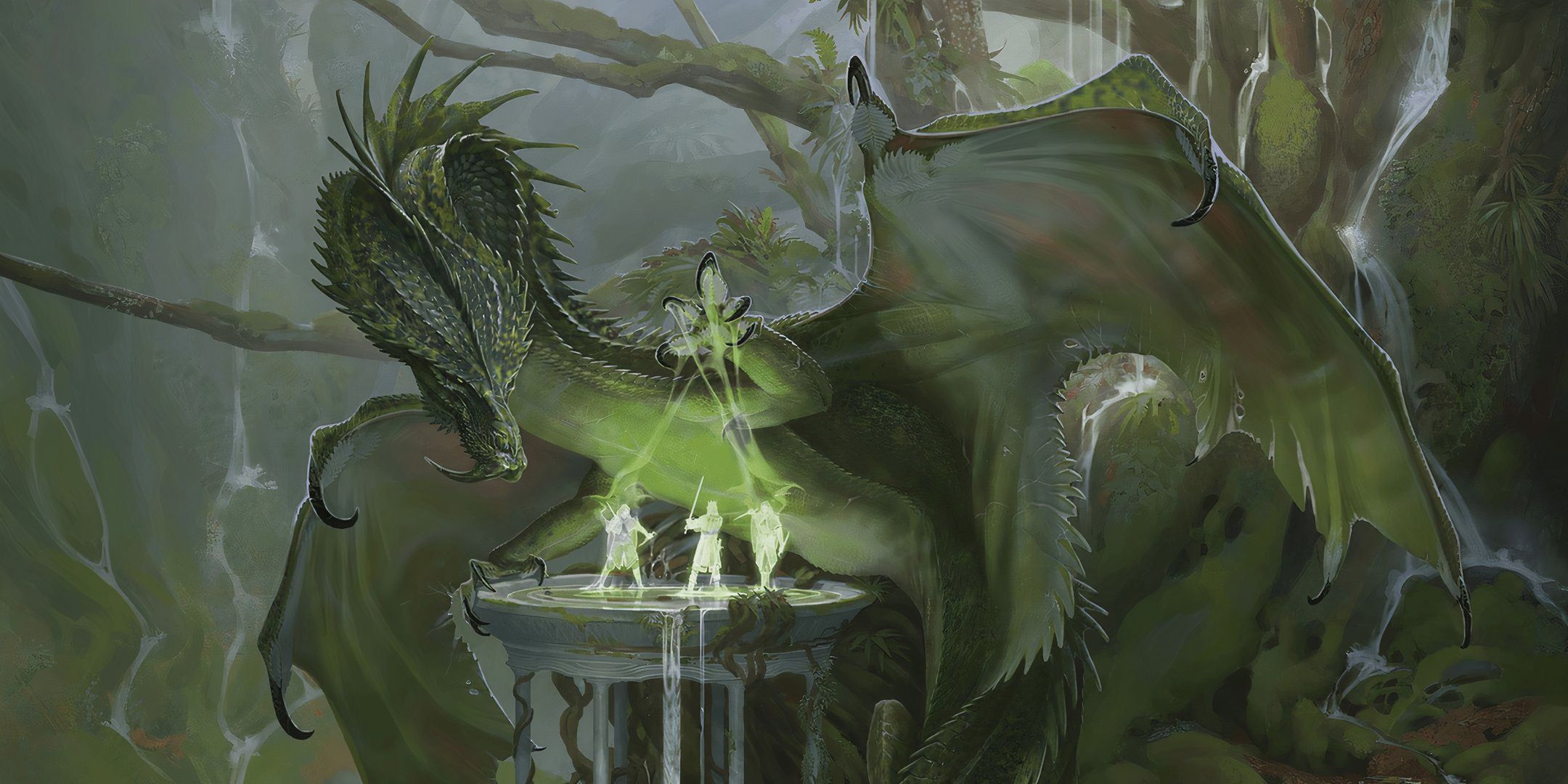
Art by Chris Rahn
12What Is Your Goal?
What Specifically Do You Want To Accomplish In Battle?
An important detail when creating your beast is to think about what exactly you want from it.
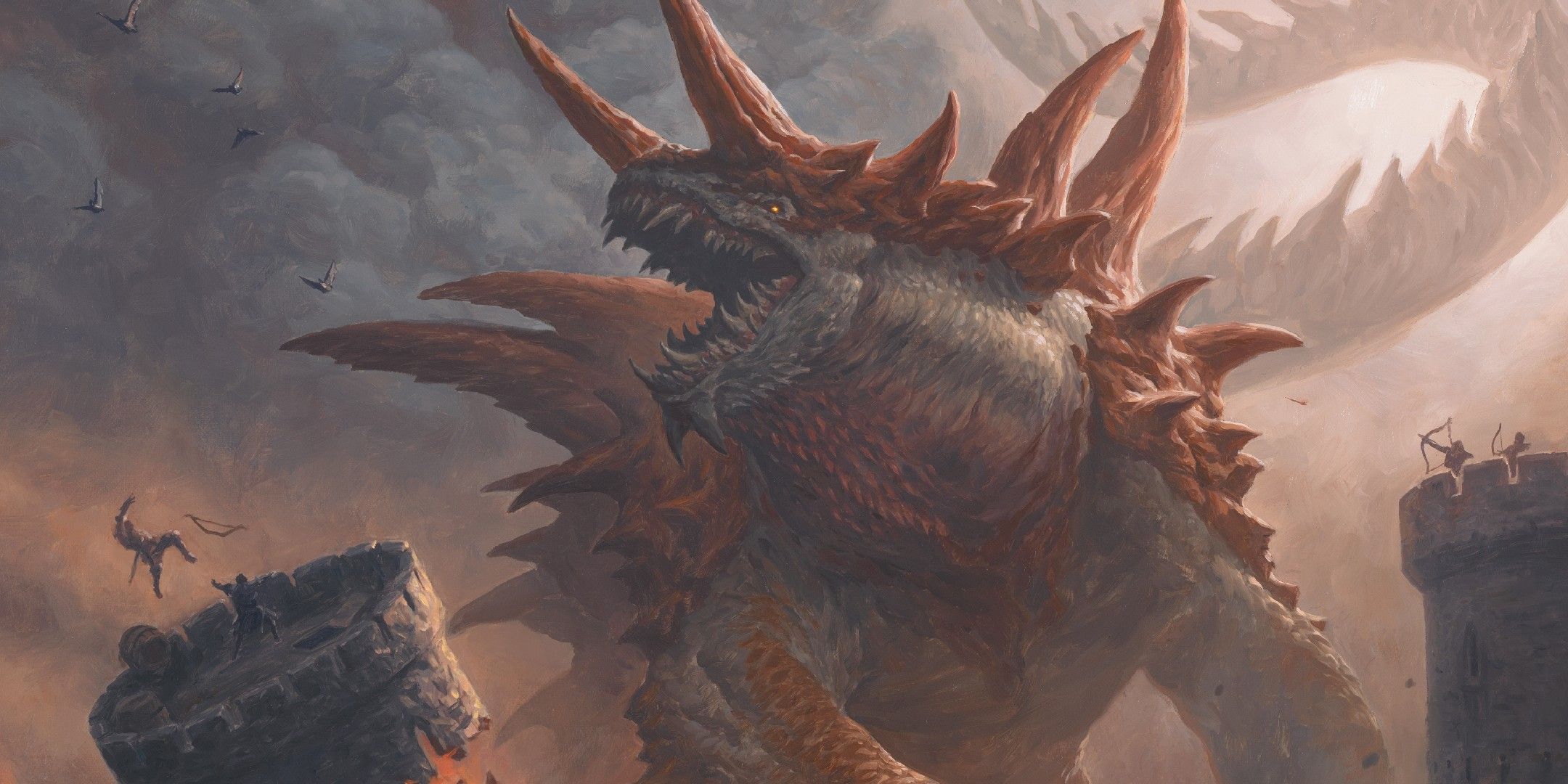
Art by Chris Rahn
Is it a minion?
A BBEG (Big Bad Evil Guy/Gal)?
Is it supposed to be a powerful spellcaster?
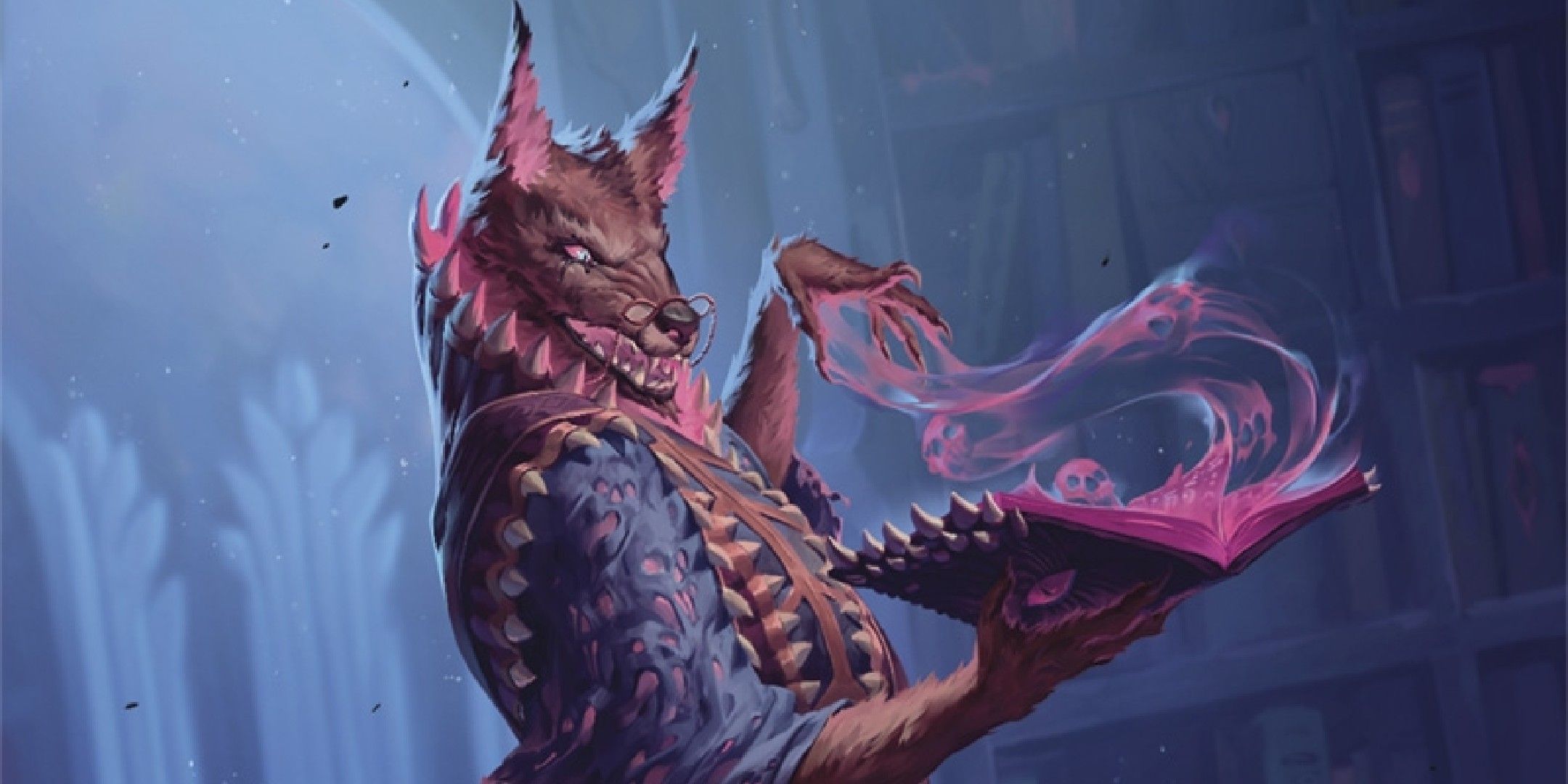
Art by John Patrick Gañas
Or do they maybe just wield heavy weapons and go berserk?
Analyze your creature and how it fits your setting and your game.
The thing is, it’s okay to mix difficulty up.
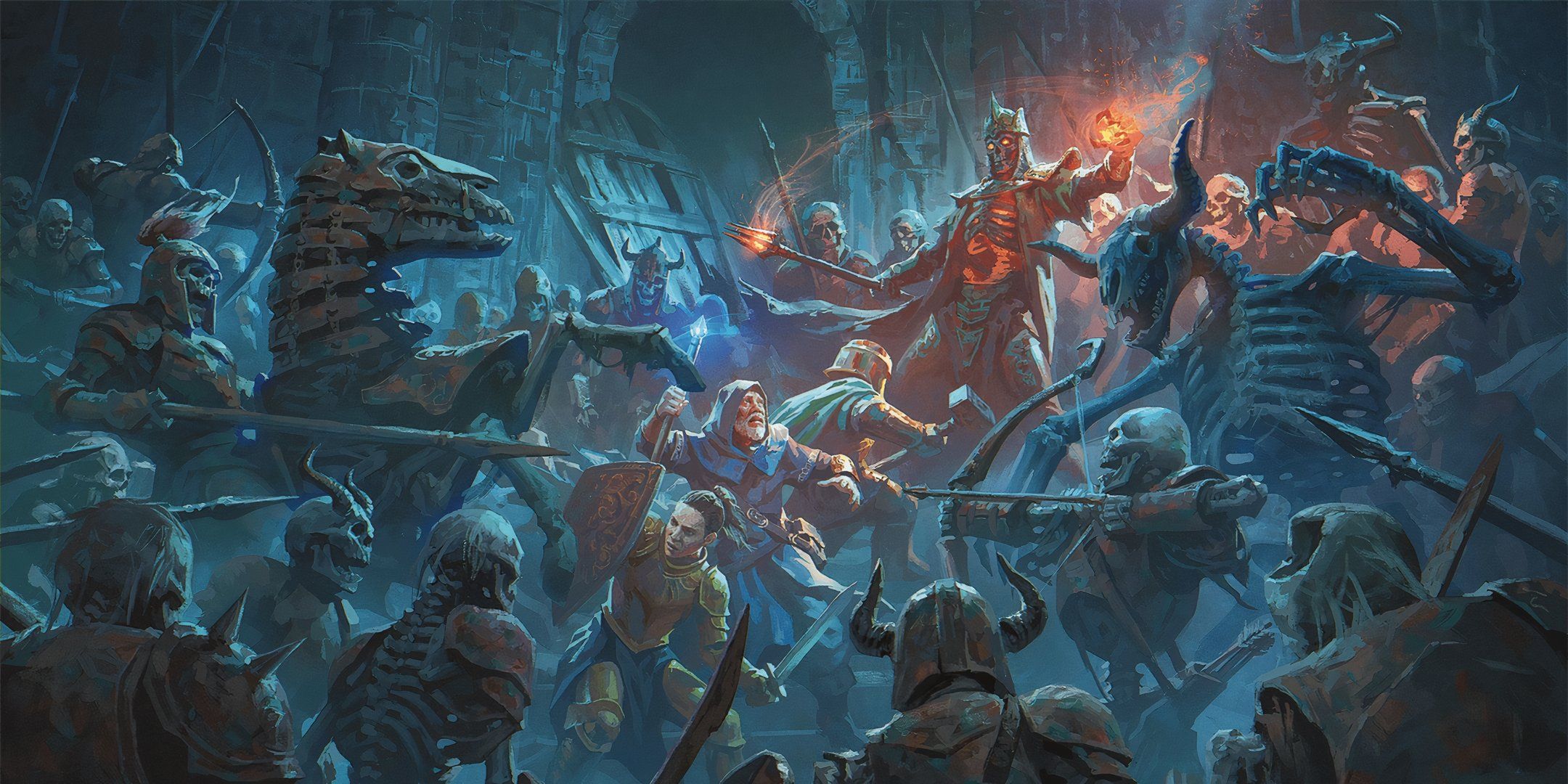
Skeletons by Andrey Kuzinskiy
But some creatures (like the BBEG) need to be threatening and even deadly.
It’s okay to make weak minions.
There’s an easier way to find the exact monster you want to use.
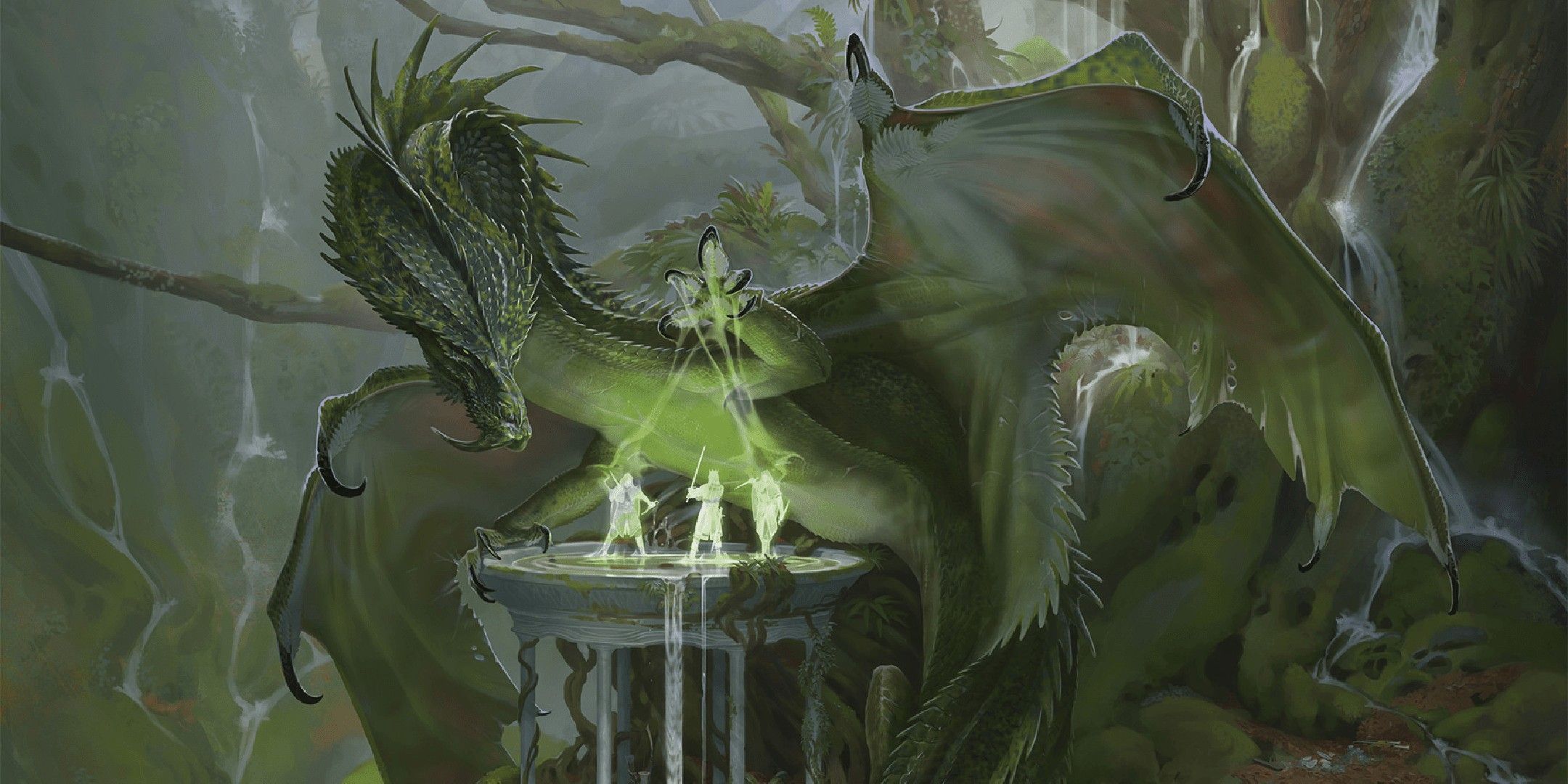
Also, the party’s level should be considered when designing the difficulty.
More often than not, players are unpredictable.
This tip doesn’t apply if you’re a veteran and your players are newbies, though.
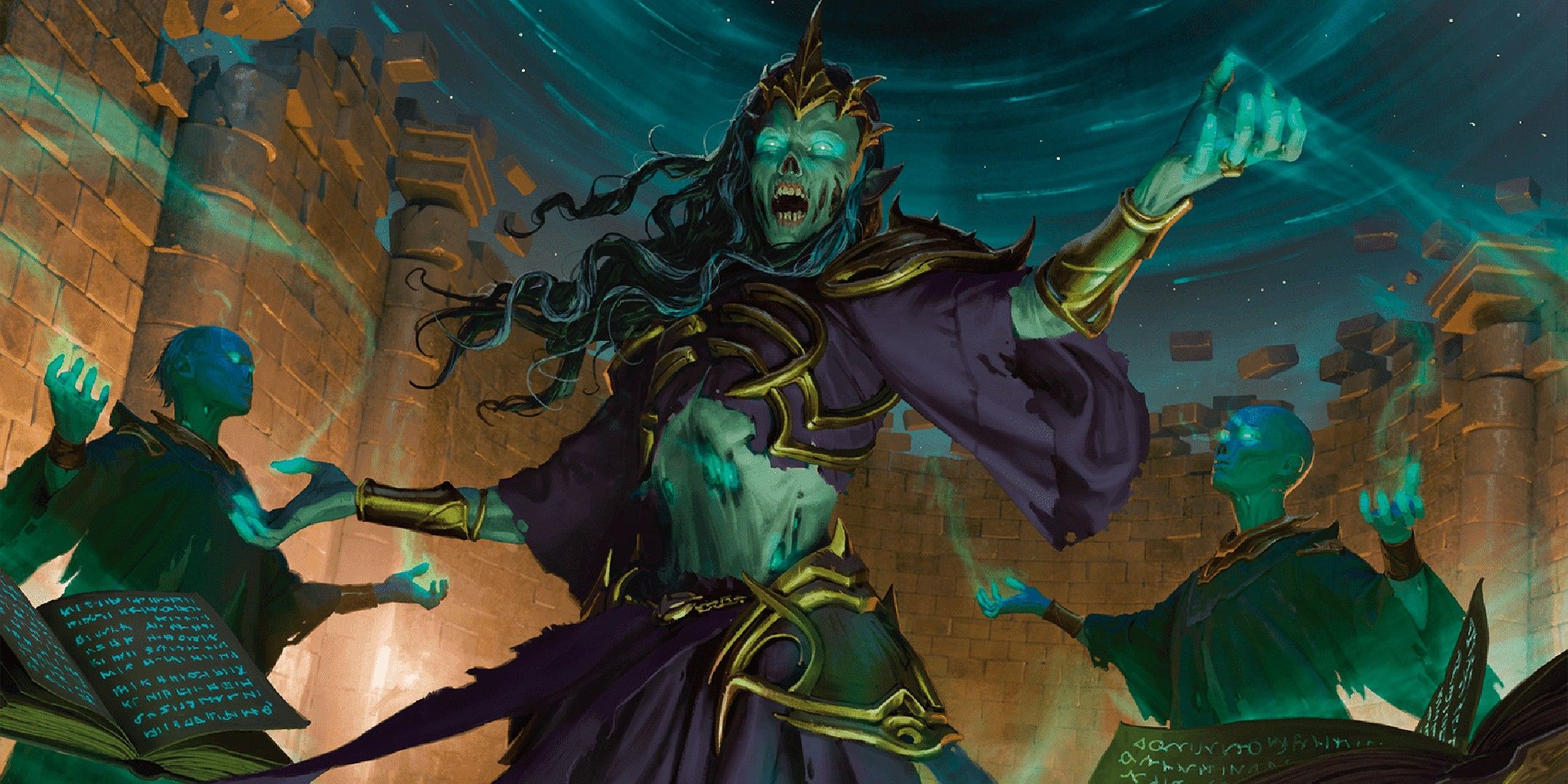
Art by Viko Menezes
An easier way than starting your creature from scratch is to find something similar in theMonster Manualand adapt it.
You must also do your part when you’re doing the encounter itself.
And controlling a beast is very different from controlling a person.
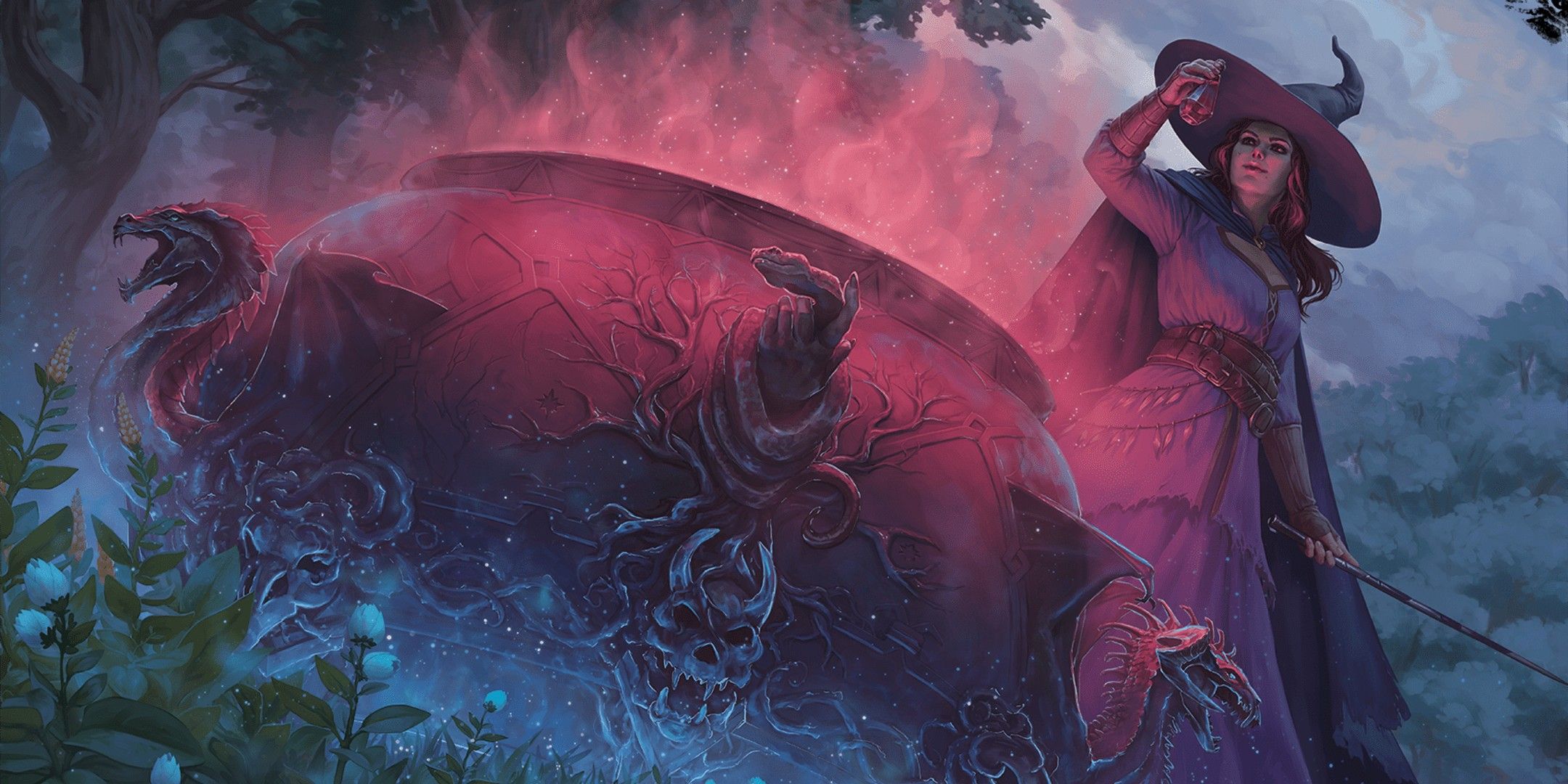
The Witch Tasha by Linda Lithen.
For example, a low-intelligence beast will likely attack whoever is closer or whoever does more damage.
However, if your players are fighting people, it’s okay to be smart about it.
Attack someone else, then.
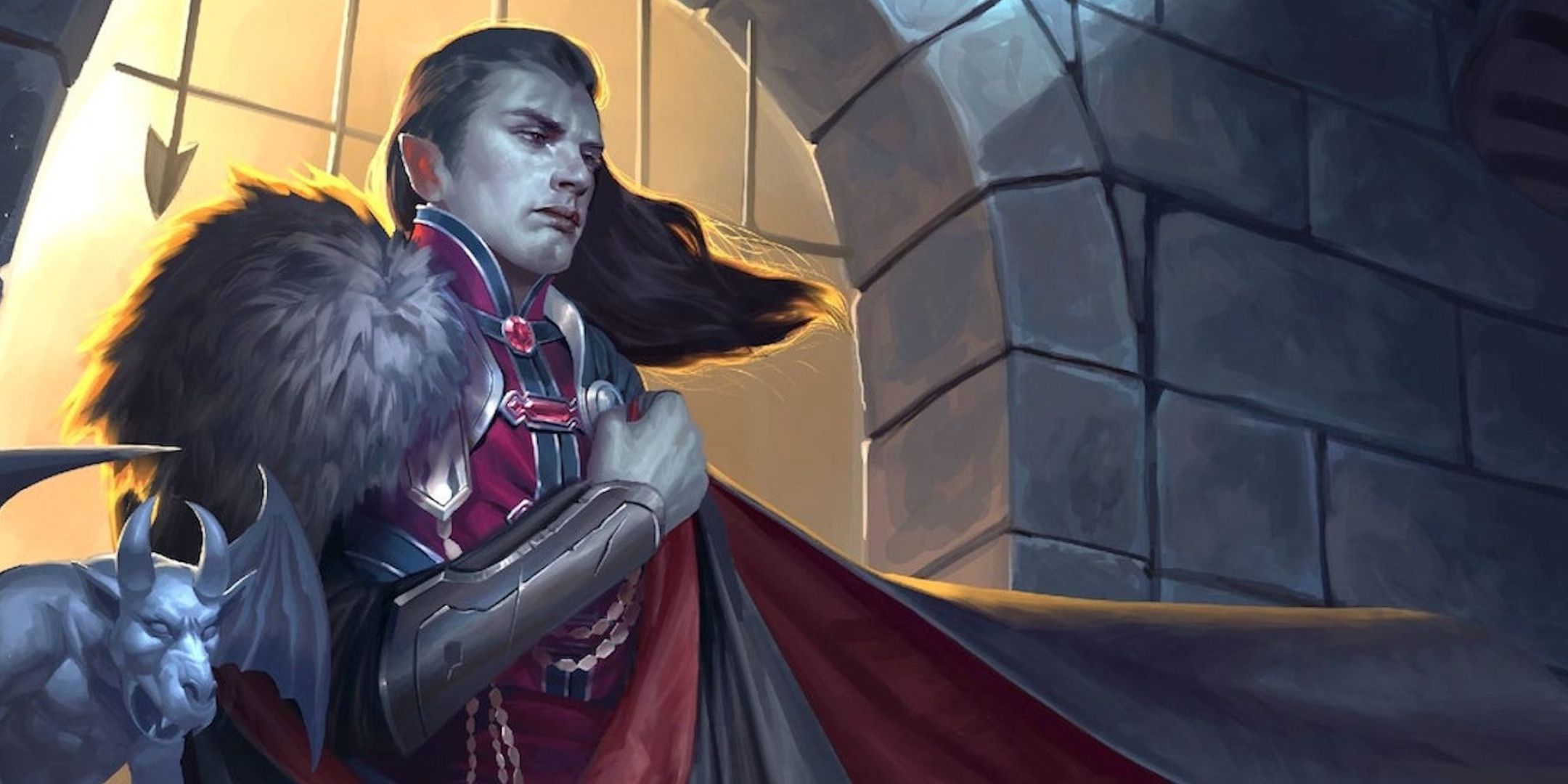
via Wizards of the Coast
Is someone healing the party?
With no combat and no puzzles, what’s there left to do but roleplay in Dungeons & Dragons!
Here are some tips for DMs running roleplay-only sessions.
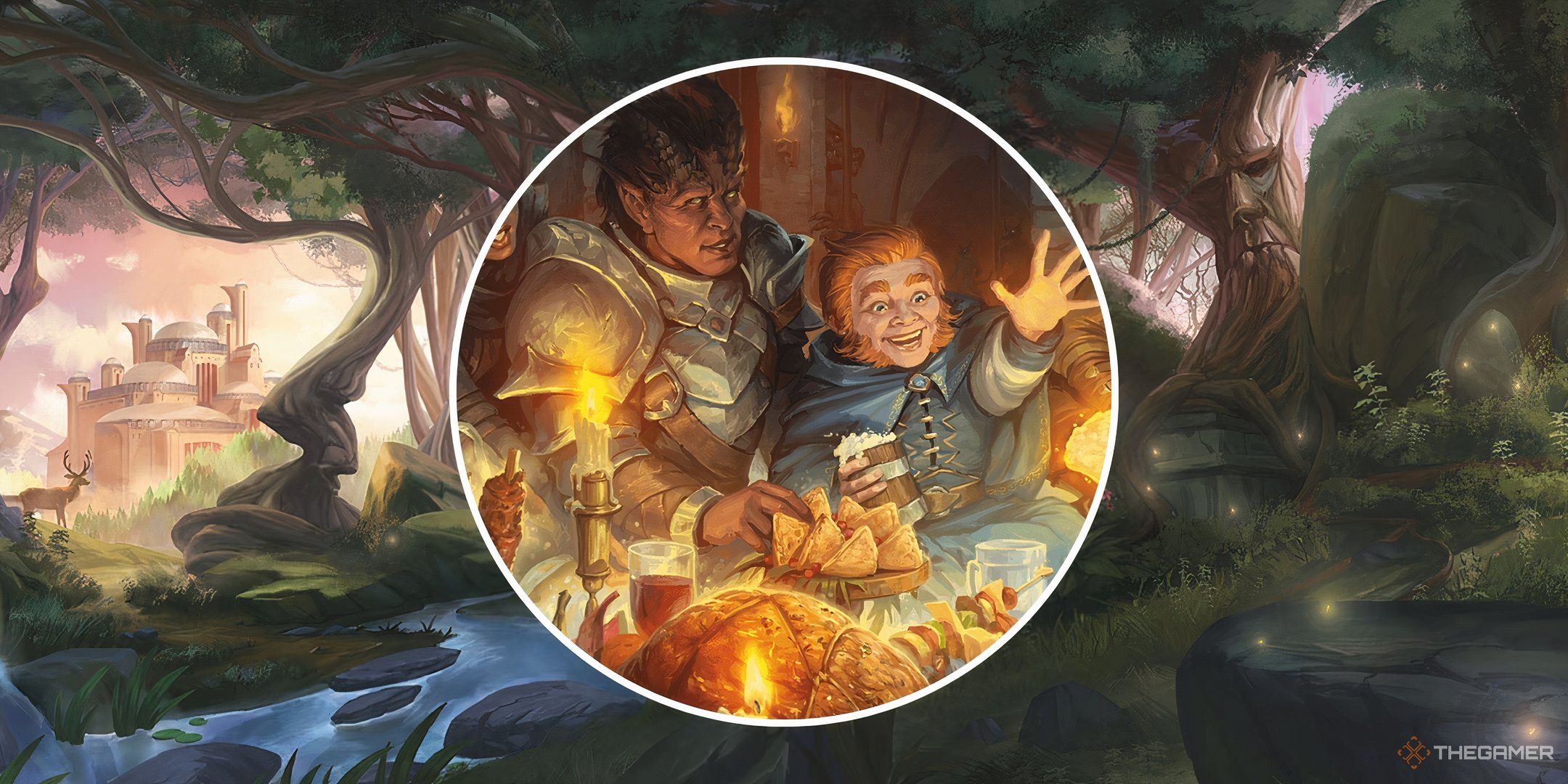
Use tactics that fit your monster instead of just attacking whoever is close to you.
It’s also okay to roleplay the enemies' emotions.
Let them be arrogant if they’re winning or scared if they’re losing.
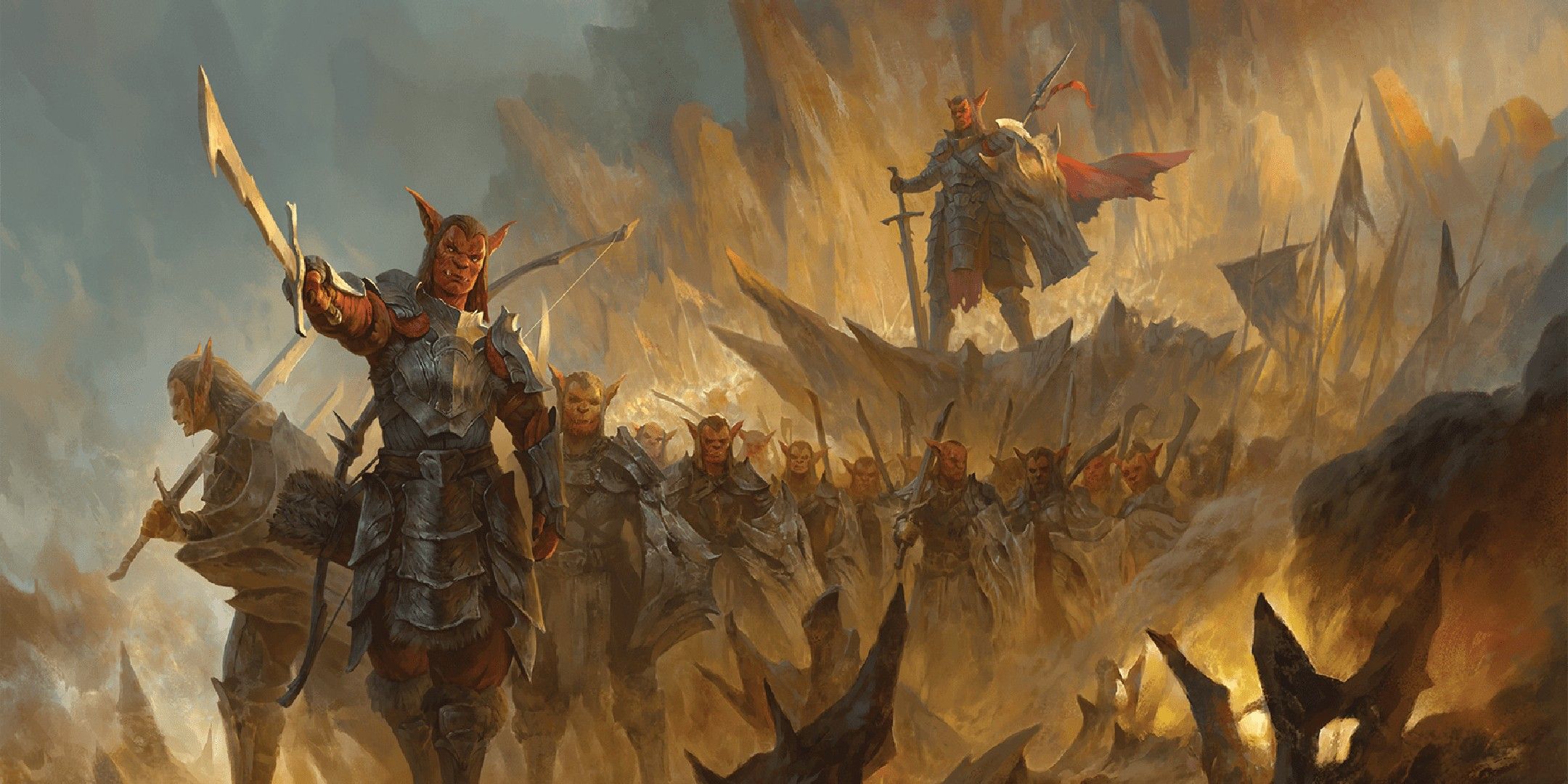
Art by Taras Susak
Have minions care for their co-workers and focus on the guy who killed their friend.
Or be terrified that most of them died, and have them flee.
Emotional outbursts are great justifications for the enemy changing their behavior in battle, for better or worse.

Art by Sidharth Chaturvedi
it’s possible for you to do better, though.
Show your players how great these monsters work together.
Just don’t give a lot of those to the same creature.
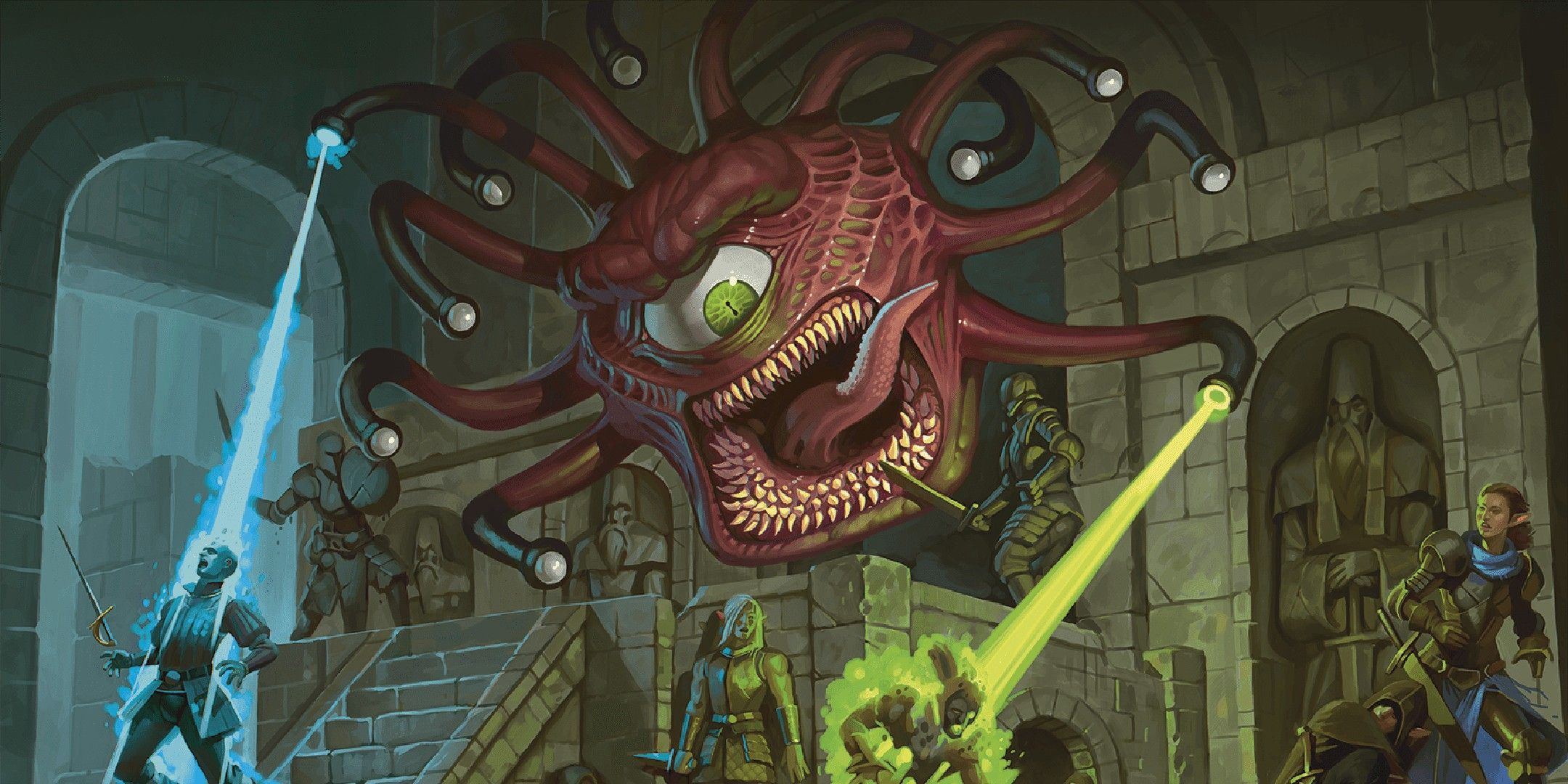
Beholder by Eric Belisle
Thinking about the throw in of your creature is also an efficient method of balancing.
Similarly to legendary actions, you’re free to get references from other creatures or make your own.
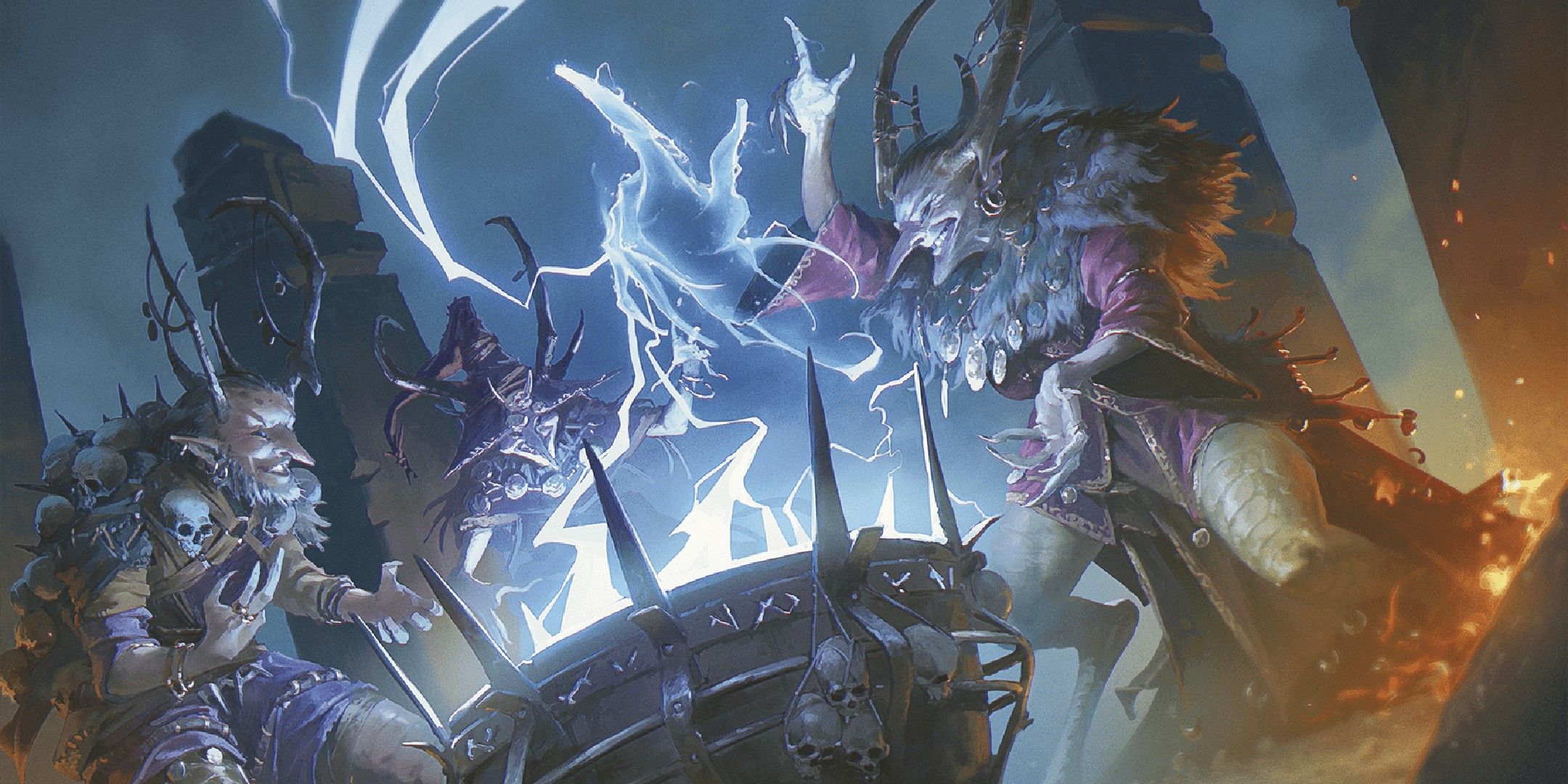
Art by Dario Jelusic

